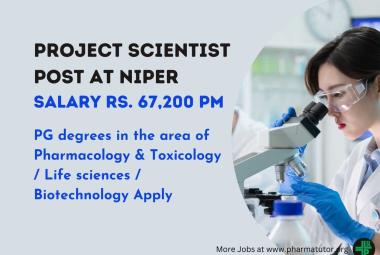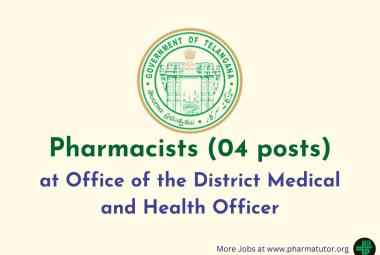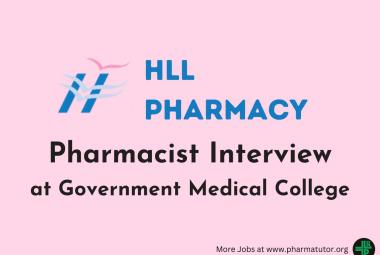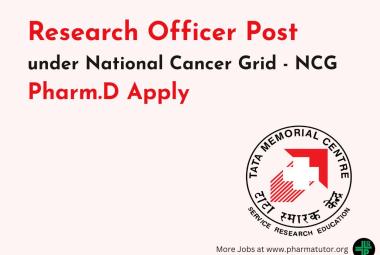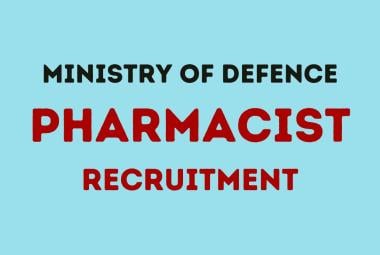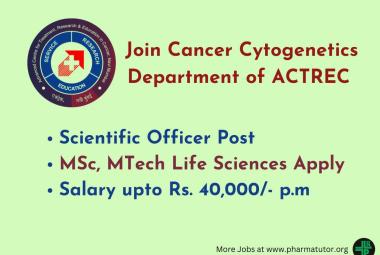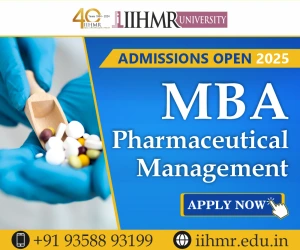PREPRATION AND EVALUATION OF NANO-EMULSION FORMULATION BY USING SPONTANEOUS EMULSIFICATION
{ DOWNLOAD AS PDF }
 ABOUT AUTHORS
ABOUT AUTHORS
Deepa Vishwakarma, Deepa Dhiman, Amit kumar Pal, Aman Mittal, Sunit Saini
Department of Pharmacy,
Smt. Tarawati Institute of Biomedical Allied Sciences,
Roorkee, Uttarakhand, India
vishwakarmadeepa152@gmail.com
ABSTRACT
The objective of our investigation was to design a thermodynamically stable and dilutable nanoemulsion formulation of Ibuprofen, with minimum surfactant concentration that could improve its solubility, formulation were taken from thermodynamic stability and dispersibility test. The oil, surfactant, co-surfactant and aqueous phase, respectively, containing 100mg of ibuprofen showed a significant improvement in drug release. In vitro drug release of the nanoemulsion formulation was highly significant as compared to marketed tablet formulation. The present study revealed that tinidazole nanoemulsion could be used as a liquid formulation for increase bioavailability. The formulated system can also be treated as self nano emulsifying drug delivery system.
[adsense:336x280:8701650588]


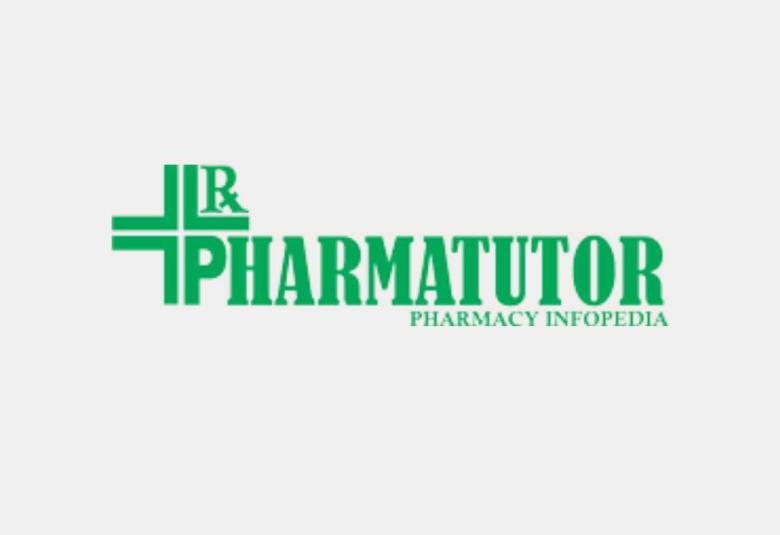
 ABOUT AUTHORS
ABOUT AUTHORS
 ABOUT AUTHORS
ABOUT AUTHORS